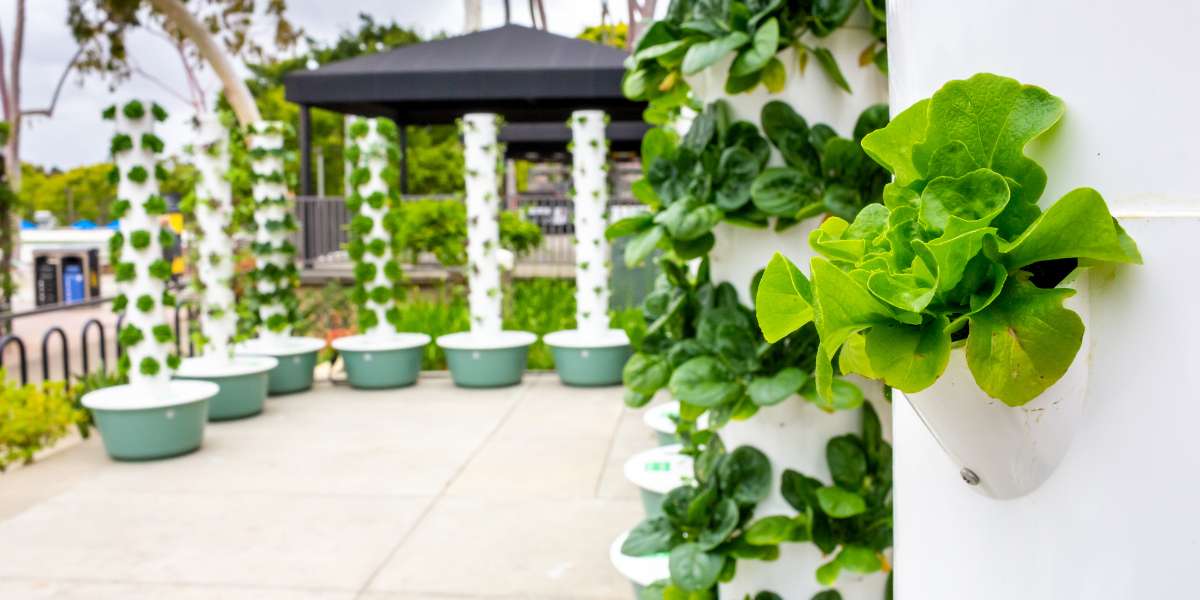Starting your hydroponic journey can feel overwhelming with so many systems to choose from, but it doesn’t have to be complicated. Whether you’re a beginner with no gardening experience or just new to hydroponics, the key is finding a system that matches your goals, budget, and space. Let’s break it down step by step.
Step 1: Understand Your Goals
Before diving into the options, think about what you want to grow and why you’re starting a hydroponic garden. Are you looking to grow leafy greens, herbs, or fruiting plants like tomatoes and peppers? Your goals will help determine the best system for your needs.
- Leafy Greens & Herbs: These are perfect for simpler systems like Deep Water Culture (DWC) or Kratky method setups.
- Fruiting Plants: Larger systems like Nutrient Film Technique (NFT) or drip systems work best for these crops.
- Small-Scale Hobby Gardening: Look for compact, beginner-friendly setups.
- Year-Round Gardening: Systems with grow lights and environmental controls are ideal.
Step 2: Consider Your Space
How much room do you have for your hydroponic setup? Whether you have a windowsill, a balcony, or an entire room, there’s a hydroponic system for you.
- Small Spaces: Compact systems like the Kratky method or small DWC buckets are easy to manage and fit well in apartments.
- Medium Spaces: Vertical towers or multi-tiered NFT systems can maximize space.
- Large Spaces: Drip systems or aeroponic setups are great if you have a dedicated area for your garden.
Step 3: Choose a Beginner-Friendly System
Here are the most common types of hydroponic systems for beginners:
- Deep Water Culture (DWC): Plants grow in a nutrient-rich water reservoir with their roots submerged. This system is easy to set up and maintain, making it ideal for beginners.
- Kratky Method: A no-pump, passive system where plants sit on a floating platform above a nutrient solution. This low-tech method is perfect for small-scale projects.
- Drip System: Nutrients are delivered to plants through a drip mechanism. While slightly more advanced, it’s great for those who want to grow a wider variety of plants.
- Nutrient Film Technique (NFT): A thin stream of nutrients flows through channels, nourishing plant roots. This system is better for those ready to take on a small challenge.
Step 4: Think About Maintenance
Some systems require more upkeep than others. If you’re new to hydroponics, start with a low-maintenance system like DWC or Kratky. These systems allow you to focus on learning the basics without worrying about pumps, timers, or complex setups.
Step 5: Budget Wisely
Hydroponic gardening doesn’t have to be expensive. Here are some cost-effective tips:
- DIY Systems: Build your own Kratky or DWC system using simple materials like storage bins and net pots.
- Starter Kits: Many companies offer all-in-one kits that simplify the process for beginners.
- Invest Gradually: Start small, and upgrade your system as you gain confidence and experience.
My Recommendation for First-Timers
If you’re just starting out, I recommend trying the Deep Water Culture (DWC) system. It’s affordable, beginner-friendly, and works well for growing a variety of plants like lettuce, spinach, and basil. When I began my hydroponic journey, DWC was the perfect way to get my feet wet (literally) without feeling overwhelmed.
Starting your hydroponic garden is an exciting step toward growing your own fresh produce. With the right system in place, you’ll be amazed at how easy and rewarding hydroponics can be. In the next post, I’ll share tips for setting up your first hydroponic system and getting it running smoothly. Let’s grow together!
